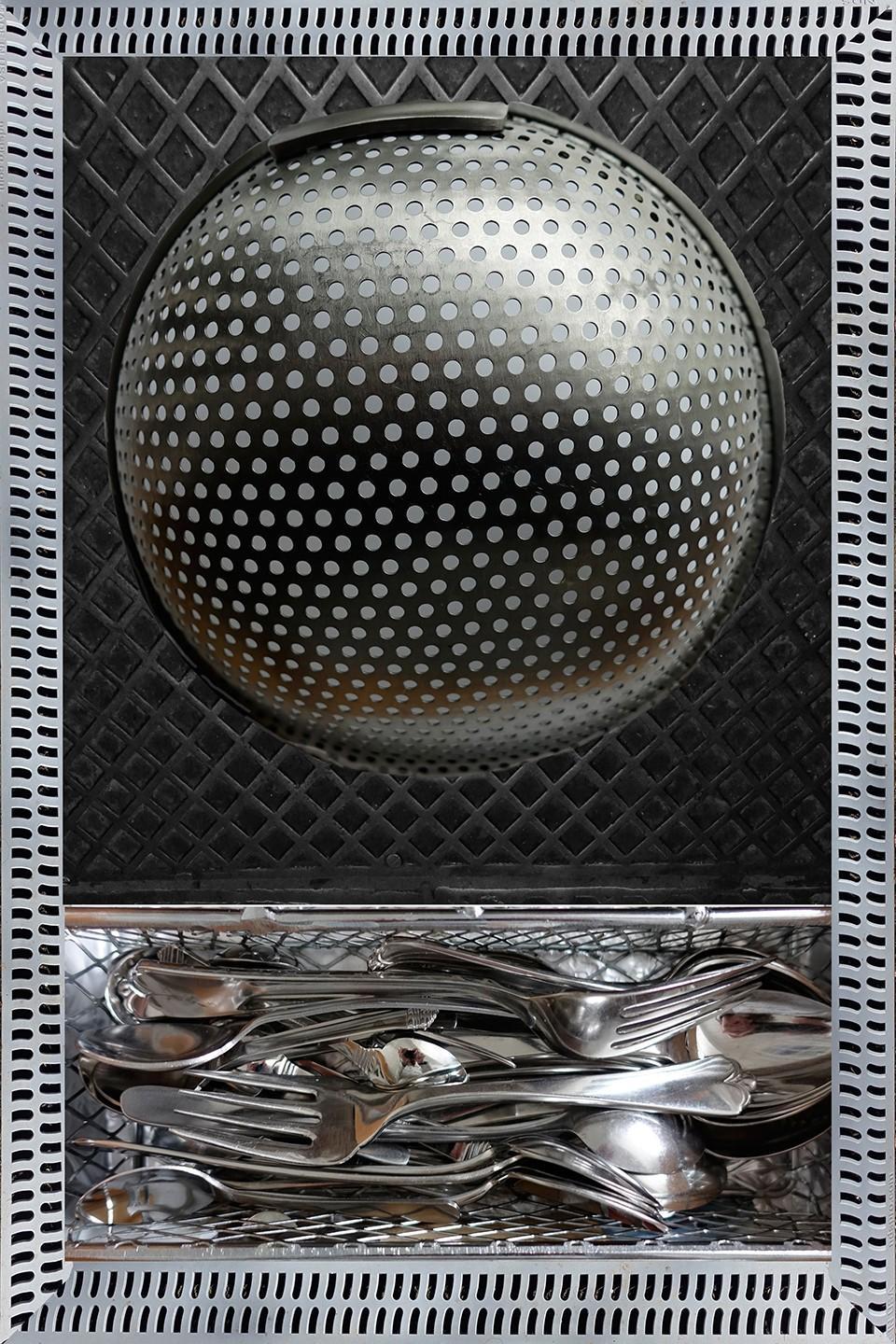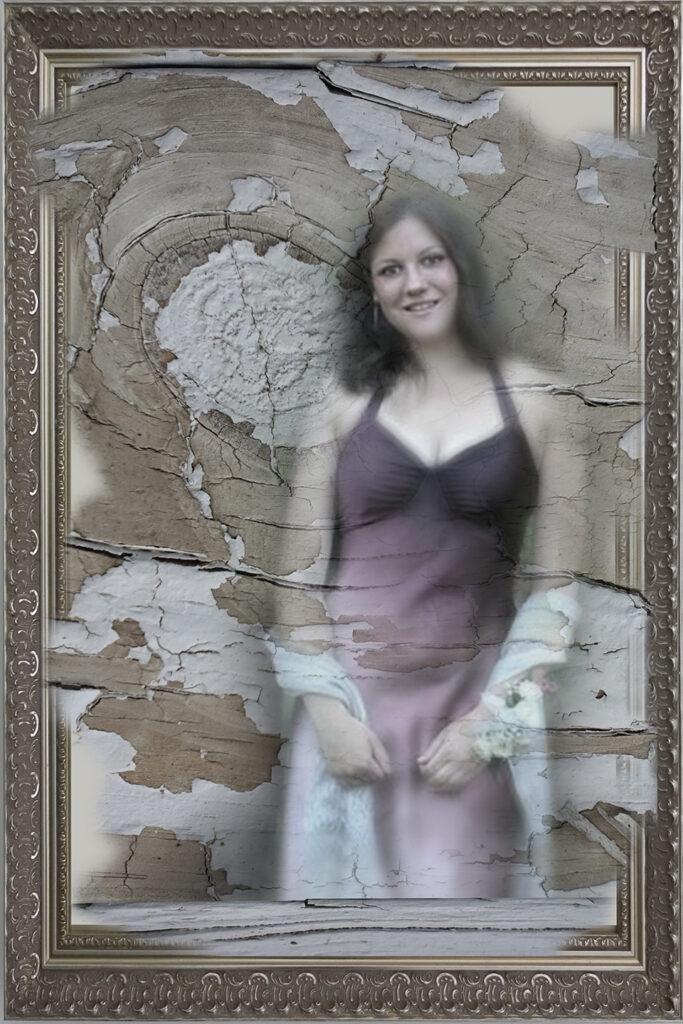Tag Archives: Life After Loss
Duetting: Memoir 65
Years ago I hated taking photographs. Having a camera in front of my eyes kept me from experiencing the world, I used to say, I couldn’t be present to what was around me if I was focusing through a camera. But now, with my digital Sony RX100 that fits in a pocket, I can capture so much I didn’t even realize was there. Its postage stamp-sized plastic chip holds a million memories in tiny thumbnail scenes. Memories, and sometimes surprises. I click, drag, and drop the tiny images from the chip into the Photoshop program on my computer where I can enlarge or erase, copy as-is, or change them. Then I spend hours remaking reality. In Photoshop there are intriguing “tools” to work with. Tools geared to fixing. A Patch Tool and a Path Selection Tool, a Dodge Tool and an Add Anchor Tool. A Magic Eraser and a Magic Wand … a Clone Stamp. And a Healing Brush.
One gray day in early March 2013, I pass an old abandoned home. I stop because I’d grown up across the street from a ‘haunted’ house, and as a curious kid I’d peeked into the clouded windows to find traces of former inhabitants. Even vacated, there remained a vague residue of the lives that came and went. This other empty house just outside Ithaca now captivates my imagination. Respectfully, I approach the threshold to snap pictures and consider how I might ‘shop a ghost-image of Marika onto its porch. But back home, I reconsider as I view the images in Photoshop. The house is beautiful in itself. It wears its own stories in chipped paint that reveals familiar patterns in the weathered wood underneath. There’s no need to imprint my own longings onto it. Two years after Marika’s death, I find I’m filled with a deeper regard for others’ hearts and homes that house memories of lost loved ones. Loss and grief do not belong only to me.
Sooner or later we all lose someone we love. Then, critically wounded, we wallow in hopeless despair, suffering regrets and guilt, fatigue, denial, depression, anger … all sorts of symptoms and phases of grief. And finally we scramble to adapt, to redefine our lives, and find our new selves amid the gutted remains of our broken hearts.
Why don’t we learn about death early on, like in grade school, I wonder? Why don’t they prepare us in high school for all the dying we’re going to be faced with in the course of our lives? We should know that the longer we live, the more people, pets, and plants will die before us, and that the deaths of the ones we love most are going to scour our hearts raw. Allowing ourselves to get slammed by death over and over again—is this the humanness of us? Watching the bereaved keen and crumple every time—is this godliness? And why aren’t we taught how to use all our pain and longing as a source of new strength?
To live on after loss is to hold on, and let go, and love again, all at the same time. There are no rules, no right or wrong ways to go about grieving. This whole grief thing is just our individual journeys or unique adaptations to loss, which may eventually lead to growth, but could alternatively wipe us out.
Before she died, Marika and I were in the middle of a great mother-daughter divide. She was almost out the door when cancer clobbered her. Us. After two years stuck together sallying through cancer, Marika was ready to move clear across the world to get away from me. And one day she would have come back. There would have been graduations, shopping trips for gowns, maybe a wedding … grandchildren. All the would-haves have disintegrated. Now I hold onto Marika’s memory and her words, and let go of her future. And the future I’d imagined for myself. But I will not let go of her. Her absence is a presence. Something still remains, and even without a physical presence there is still a relationship. I watch as it mellows with time.
And I discover almost daily that all around me there are others dealing with loss. Everybody’s dealing with something. Maybe the humanness is in recognizing this. Maybe the godliness is in our simply sitting with the brokenhearted, listening, and being a silent, compassionate, non-judgmental presence.
I Will Never Forget
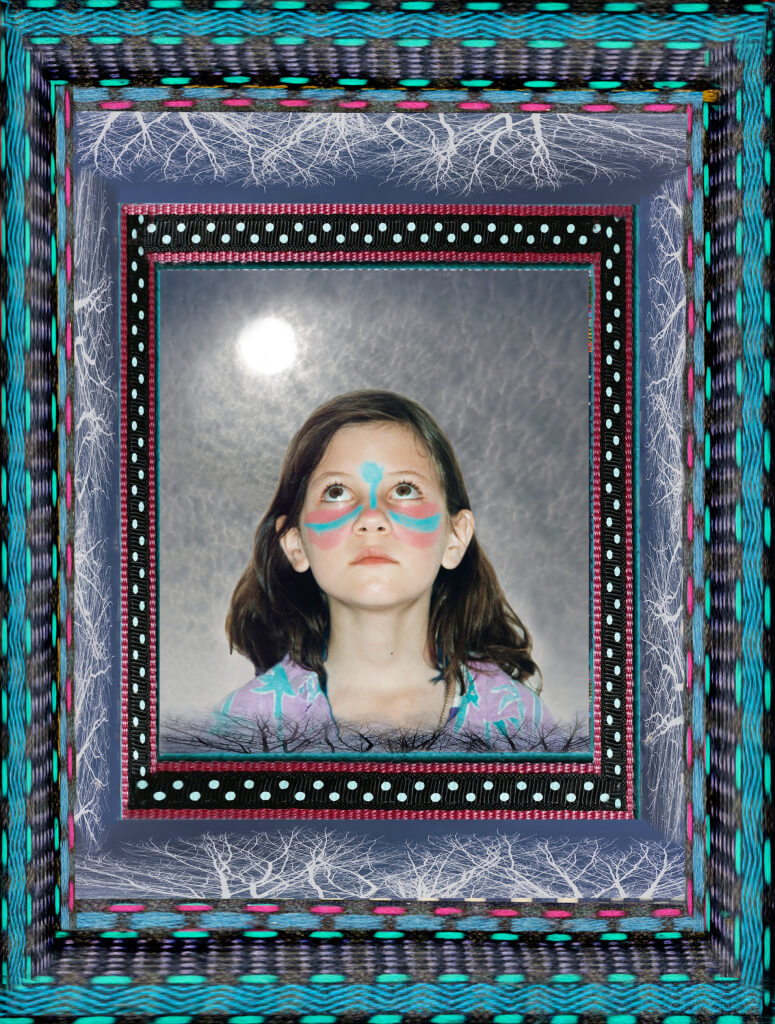 My dead daughter’s pictures pop up on Facebook, and each time I see one, my eyes pop out of my head. I’ve been planting her image all over online. And every time someone shares or comments on what I’ve posted, the response and the article with its photo come back to my email box. You wouldn’t think something like this could bring so much joy. But it does, to me.
My dead daughter’s pictures pop up on Facebook, and each time I see one, my eyes pop out of my head. I’ve been planting her image all over online. And every time someone shares or comments on what I’ve posted, the response and the article with its photo come back to my email box. You wouldn’t think something like this could bring so much joy. But it does, to me.
The joy doesn’t come just because I know Marika loved collecting friends and putting her pictures on Facebook. It’s not because I’ve learned to like doing what she did. And it’s not to show her off or to grab your sympathies.
“One of the most scary things for us as bereaved parents is that our dead child will be forgotten.” These are not my words. One of my Facebook friends wrote this in response to my article, How I Swallowed my Daughter. This is my truth. I need to feel Marika won’t be lost and forgotten. I’m framing her face and pasting her all over the Internet so she’ll be remembered. “There’s that girl again,” you will say. Even for the short time it takes to look at her, or share her image, she will have been seen. And maybe when you remember she no longer walks the earth, perhaps you will cherish your own time here and your own loved ones, more.
That’s why, when I’m not looking for joy and finding life after loss, you can find me posting photos of my daughter on Facebook. Before friends and strangers, I am promising Marika and myself, that she will not be forgotten.
Thank you for sharing and celebrating her with me.
Anger After Loss
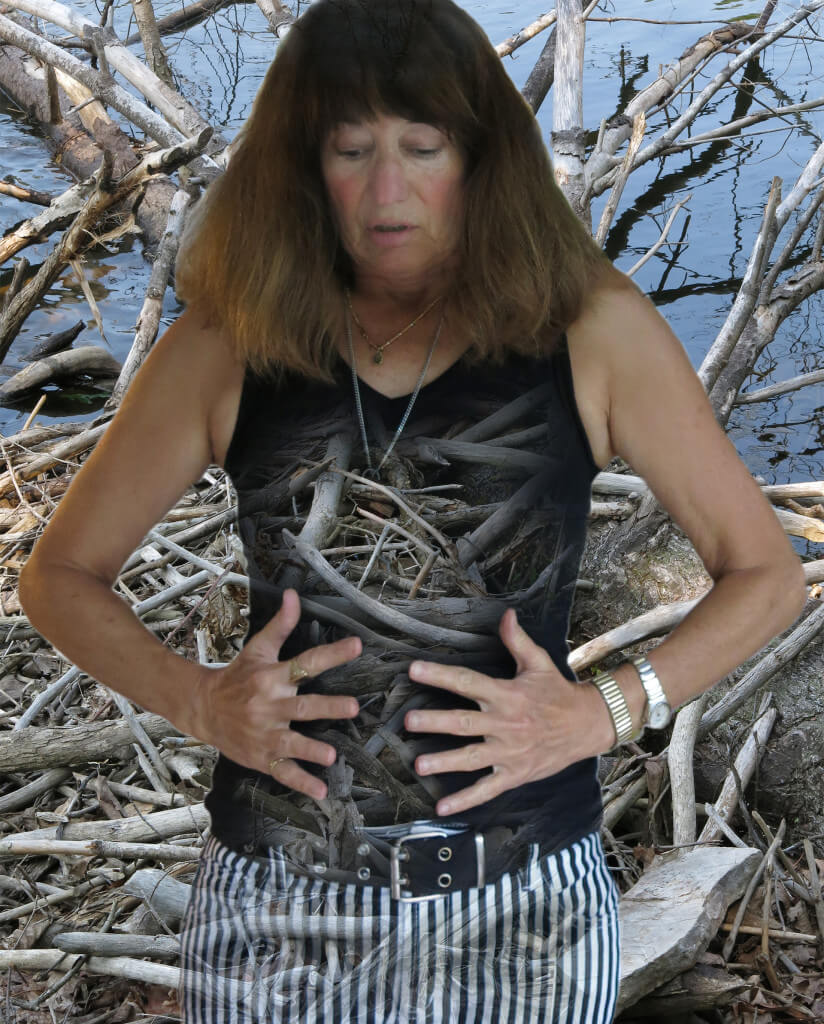 Around the table bereaved friends spoke of anger. I listened as I scoured the closets of my mind for some story of my own anger. I found none. When my turn came to share I told them that, not wholly believing it myself.
Around the table bereaved friends spoke of anger. I listened as I scoured the closets of my mind for some story of my own anger. I found none. When my turn came to share I told them that, not wholly believing it myself.
“I need to get in touch with my inner anger,” I said, joking as the group disbanded shortly after. But it was not a joke. Across the clouded screen in my head subtitles flashed, “In Denial.” Because who was I to escape anger? Isn’t anger one of the stages of grief? I would be a rare case if I didn’t harbor some anger after loss. Most likely I had simply not faced it yet.
“This is very rare,” my doctor said, the next day. He put down my files and waited for my reaction. I sat in silence trying to picture the redundant crisscrossing, floppy colon he was describing. My colon.
“I’m a rare case?” I asked, like maybe I’d won a great prize. But really I was wondering, Why me? My stomach was rumbling. I already gave, I told myself, as in: I already gave up my daughter who died of cancer. As in: here I am trying to live my life bigger and better and how am I supposed to do that when I’m losing my health? And why is it that the more tests you doctors do, the more diagnoses I’m given? I’m still suffering from my original symptoms. And: I’m not angry; I’m just scared for my life.
Because maybe I’ve swallowed my anger for so long that it’s turned my insides floppy, upside down and backwards.
Stuck Fixing My Messy Beautiful
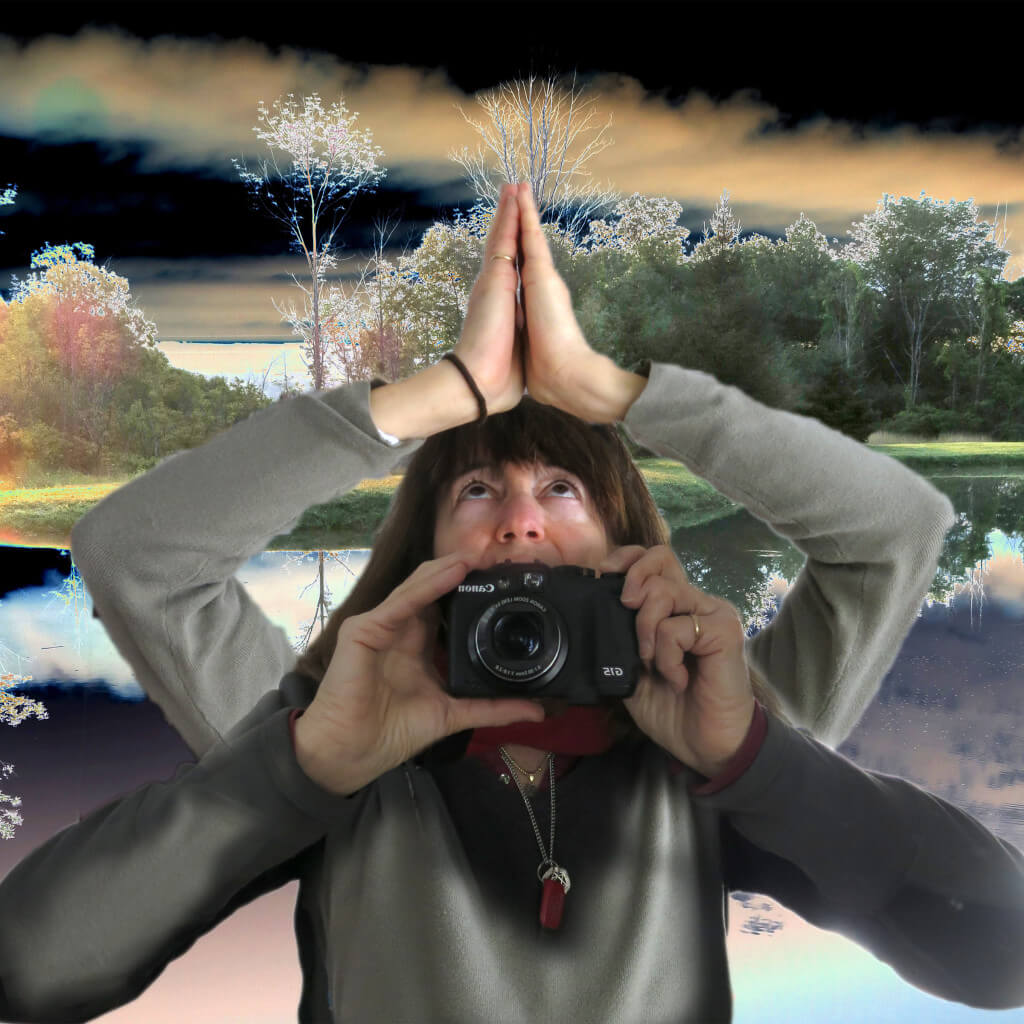 In March 2011, I turned into frozen mud.
In March 2011, I turned into frozen mud.
I always believed I could design my way into or out of anything. To design is to start with something, a lump of clay, a need, canvas and paint, or a girl who died of leukemia and her grieving mother, and then turn it into something else. For me, to design is to fix and to make beautiful.
But in March 2011, cancer killed my daughter. I could not fix that. I froze. Like mud in winter. Who am I, I wondered? Am I still the mother of a daughter? Who or what am I supposed to fix now?
The day after she died I discovered my daughter was a writer. So I began to write. I wrote our story. And rewrote it and kept writing. Here was something I could fix. I could edit the manuscript endlessly.
But this is messy. In rewriting, I relive the times in and out of hospitals with my daughter. I bring her back to life for twelve chapters and hold my breath as I watch her die. Then, dragging my dashed spirit up off the floor, I fix the next half of the book where I travel alone to Australia with her ashes, come home, and begin a new life. Over and over again, I write and relive every day. For three years.
“When are you going to get a real job with health insurance?” my mother nags.
“It’s time to move on to something else,” says a friend.
“I’m designing my way to healing,” I try to explain. But the truth is I am stuck.
Writing led to blogging. Almost everyone has lost someone or something they love. I ache to fix the pain as another relative is diagnosed with cancer, a friend’s son kills himself, a stranger online reaches out for support.
“There’s life after loss,” I blog on my website, and write the stories of my own struggles in the hope of helping someone else.
Blogging led to photography. I wanted to add pictures to my stories.
My frozen mud began to thaw when I discovered Photoshop with all its fixing tools: a Patch Tool, a Dodge Tool and an Add-Anchor Tool, a Magic Eraser, a Magic Wand, a clone Stamp, …and a Healing Brush. Photoshop lets me redesign my universe. The opportunities for change are endless. The beautiful truth is there are some things I can fix.
“Can you make a photo of me flying in the clouds?” an elderly friend asks from her wheelchair.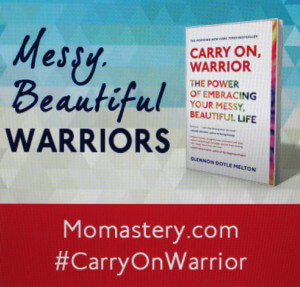
This essay and I are part of the Messy, Beautiful Warrior Project — To learn more and join us, CLICK HERE! And to learn about the New York Times Bestselling Memoir Carry On Warrior: The Power of Embracing Your Messy, Beautiful Life, just released in paperback, CLICK HERE!
